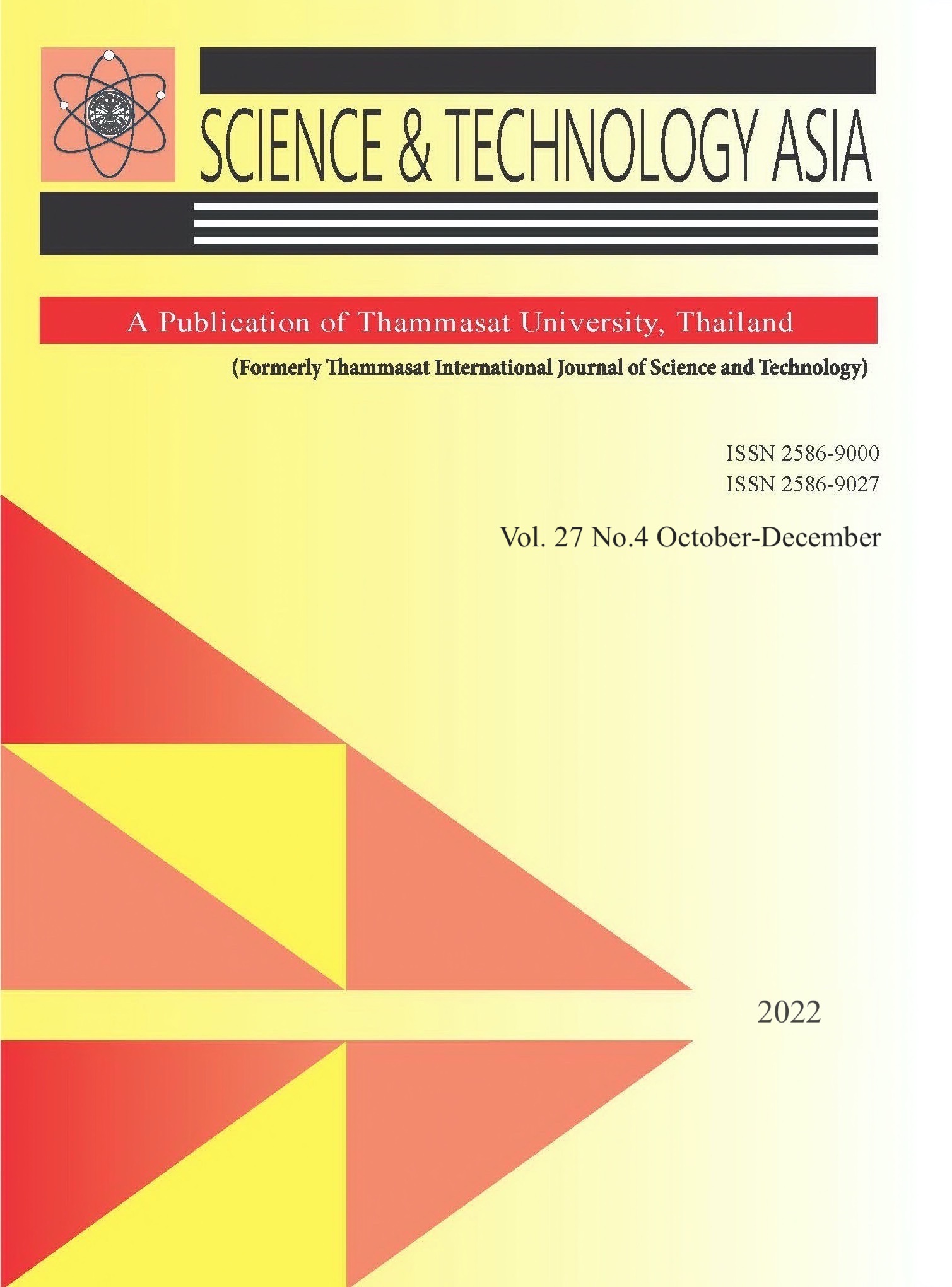Innovative Product Design Based on Translating Customer’s Feelings-Case Study of Foldable Hat Insert
Main Article Content
Abstract
A do-it-yourself foldable hat insert has been introduced as an alternative channel for supporting customers to stay safe in daily outdoor activities. After obtaining results from selfadministered questionnaires, the majority of respondents expressed satisfaction with wearing baseball caps for outdoor activities. This high level of motivation could show a strong personal relationship between baseball-cap design and customer viewpoint. The key components of the proposed design were considered to be the spline-shaped design with shell attached to baseball cap and inner shell attached to the head. ABS and ethylene vinyl acetate – EVA were selected ergonomically for creating the shell and inner shell, respectively. For quickly translating customer perceptions into a conceptual design, the principles of product design and development (PDD), reverse engineering (RE), and rapid Prototyping (RP) were integrated. In order to study about falling objects and their force on the foldable hat insert, the situation was simulated virtually via finite element analysis (FEA) where the mass of the object, height of human, and drop height were assigned according to the real-world application. The standard value of 26,000 N/m2 was applied as the key reference to predict mild diffuse axonal injuries (mDAI) for loss of consciousness for a few seconds to a few minutes. The simulation results that the surface area of an insert with EVA foam material in direct contact with the head did not exceed the standard value for Von Mises Stress, and this could make wearers feel comfortable with soft-and-flexible material while minimizing the risk for head injury.
Article Details

This work is licensed under a Creative Commons Attribution-NonCommercial-NoDerivatives 4.0 International License.


